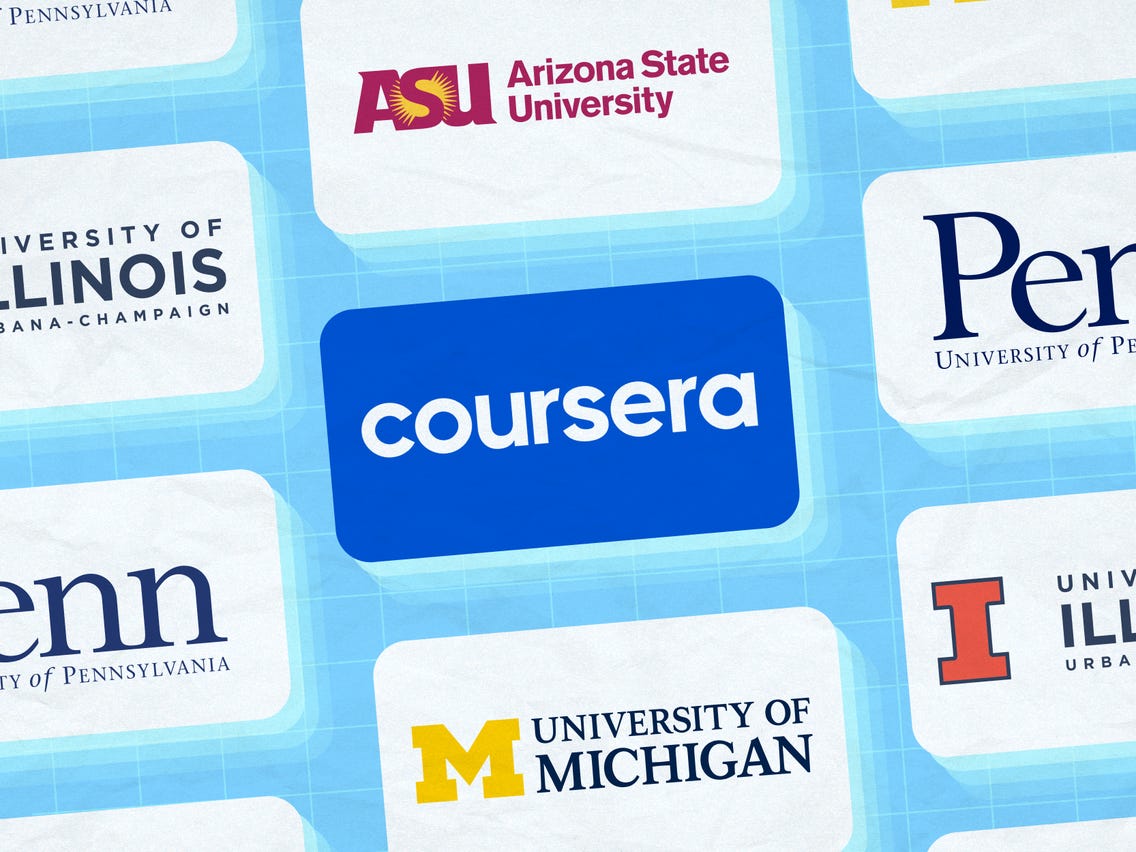
You're not the only one concerned about segregation at school. Many parents and educators wonder what the implications are for the performance of students. There are also legal questions about the constitutionality of segregated schools. These issues are addressed in this article. This article discusses segregation and its impact on student performance.
Signs that a school is segregated
While the signs of a segregated school are not always obvious, there are a few telltale signs of a school that is struggling with race relations. The most obvious is a classroom filled with students of one race. These students must be highly motivated and have high grades. However there are other subtle signs like students who only attend one religion or social class. Segregated schools also show a lack of diversity among students of different races.
American school segregation continues to be a problem. Despite all efforts to integrate schools, many southern states remain segregated by their race. Because school districts in the south often encompass entire counties, this is why there are so many. Integration is usually easier because of the large number of white students within southern school districts. These large districts have seen segregation break down in recent years. White neighborhoods have attempted to form all white school districts. Conservative legislatures are also considering breaking down large districts into smaller ones.

Impact of segregation on student performance
Studies have shown that students perform worse when they are socially marginalized, especially if they live in highly-poverty areas. This disadvantage is more severe for families who have lived in the area for generations. Additionally, housing policy can have a direct effect on education policy. Desegregation of schools is necessary to improve educational outcomes in both high-income and low-income areas. However, ignorance of historical racial segregation has hampered efforts to desegregate schools.
Research on the effects segregation has on academic performance is not extensive. This should change to explore the effect of various forms segregation. In particular, studies should focus on the socioeconomic effects of segregation. These studies could guide educational policy decisions, and help reduce the negative peer effects of segregated school.
Constitutionality of segregated school
The Brown case is one of the most important cases in American history. It challenged the constitutionality of segregated schools. The plaintiffs were harassed and hounded by white landowners and then evicted from their property. The plaintiffs were South Carolina sharecroppers, who brought the case against segregated schools.
Initially, desegregation efforts consisted of busing black students to predominantly-white schools. Both black and brown citizens did not like these busing programs. Additionally, these schools were often located in areas with limited resources and poorer communities. The busing programs also led to white families moving to the suburbs. Finaly, schools were allowed to show progress in de-segregation thanks to the federal government.

In 1951, Brown v. Topeka was brought before the U.S. District Court. The NAACP, at the time, argued that segregated schools sent a unequal message about black children. The Topeka school board argued, despite the court ruling, that segregation permeated all aspects of life. Black students, for example, were not taught the names prominent black figures and were not well prepared to face real life.
FAQ
What is the difference of a college and university?
A university is an academic institution providing higher education. It offers both undergraduate and graduate courses in many fields.
A college is generally smaller and less respected than a university. It might offer fewer courses, but it will often have its own specialist areas.
How much does homeschooling cost?
Homeschooling comes with no fees. Some families charge between $0-$20 per lesson. Some families offer services for free.
However, homeschooling does require dedication and commitment. Parents must make time for their children.
Access to books, materials, and other learning aids is essential. Homeschoolers often need to take advantage of community events and programs to supplement their curriculum.
Parents must consider the costs associated with transportation, tutors, and extracurricular activities.
Homeschoolers also need to plan for field trips, vacations and special occasions.
How do I apply for college?
There are many methods to apply to college. Get started by talking to your high-school guidance counselor or admissions representative. Many high schools offer online applications. You can also get in touch with local colleges. Most colleges will accept applications over the Internet through their website.
If you apply by mail, you will need fill out an application and to send copies of all necessary documents. You can use the personal statement to tell why you would like to study at this school and what its benefits are to you. It helps the admissions team understand your motivations and goals.
Our website contains sample essays you can download.
Statistics
- Globally, in 2008, around 89% of children aged six to twelve were enrolled in primary education, and this proportion was rising. (en.wikipedia.org)
- These institutions can vary according to different contexts.[83] (en.wikipedia.org)
- And, within ten years of graduation, 44.1 percent of 1993 humanities graduates had written to public officials, compared to 30.1 percent of STEM majors. (bostonreview.net)
- “Children of homeowners are 116% more likely to graduate from college than children of renters of the same age, race, and income. (habitatbroward.org)
- Data from the Department of Education reveal that, among 2008 college graduates, 92.8 percent of humanities majors have voted at least once since finishing school. (bostonreview.net)
External Links
How To
Where can I learn to become a teacher
Teacher jobs are available at public elementary schools, private elementary school, private middle schools. Public secondary schools, public secondary secondary schools. Private secondary schools. Charter schools. Public and private Catholic schools. Public and private daycare centers.
To become a teacher, you must first complete a bachelor's degree program at one of the following:
-
A university or college that is four-years in length
-
A program for associate's degrees
-
Some community college programs are two-years long
-
A combination of these three types of programs
To qualify for certification for teaching positions, applicants must meet state requirements. These include passing standardized testing and completing an internship period.
Most states require that candidates pass the Praxis II exam. This test measures knowledge in reading and writing as well math skills.
Many states require that candidates obtain a specialized license in order to be certified to teach.
These licenses are issued annually by the state boards of education.
Some states grant licenses to applicants without any additional testing. In these cases, the applicant should contact the board of education in his or her state to determine if this is true in your area.
Some states won't issue licenses to applicants without a masters degree.
Some states permit individuals to apply directly at the state board or education for licensure.
Licenses come in a variety of prices, lengths, and required coursework.
You might find that certain states only require you to have a highschool diploma. Others require you to have a bachelor's.
Some states require specific training, such as in literacy and child development.
Some states require that applicants have a master’s degree to become licensed.
Many states require teachers to provide information about their previous jobs when applying for certification.
If you worked in another profession, you might want to mention it on your application.
However, the majority of states will accept any previous work experience regardless of what job it was.
You might wish to list the title of your last job, the position you held, and the years of service.
This information can be very helpful for potential employers.
It shows them that your skills and experiences are relevant.
While working, you may have learned new skills and acquired valuable work experience.
This can be displayed on your resume to future employers.